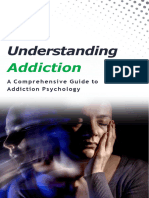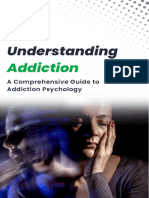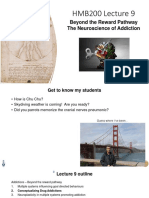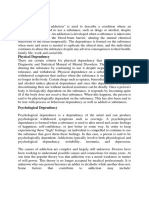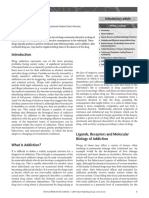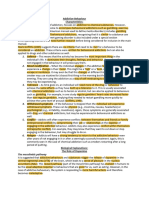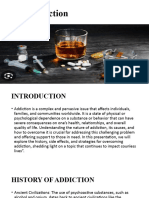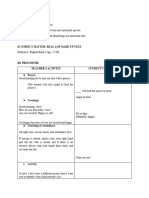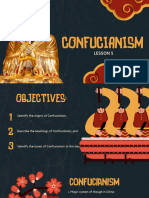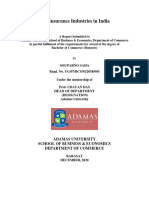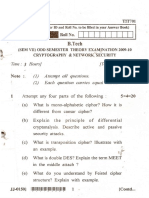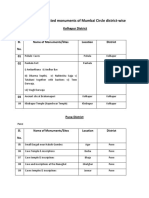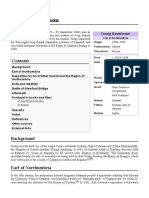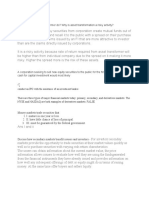0% found this document useful (0 votes)
17 views18 pagesAddictive Behaviors
The document provides an overview of addictive behaviors, distinguishing between addiction, abuse, and dependence, and highlighting the importance of understanding these differences for treatment. It discusses characteristics of addictive behavior, types of addictions, and the biopsychosocial model, which emphasizes the interplay of biological, psychological, and social factors in addiction. Additionally, it covers the neurobiology of addiction, psychological factors, and social influences, underscoring the complexity of addiction and the need for comprehensive treatment approaches.
Uploaded by
Manuel LlobregatCopyright
© © All Rights Reserved
We take content rights seriously. If you suspect this is your content, claim it here.
Available Formats
Download as DOCX, PDF, TXT or read online on Scribd
0% found this document useful (0 votes)
17 views18 pagesAddictive Behaviors
The document provides an overview of addictive behaviors, distinguishing between addiction, abuse, and dependence, and highlighting the importance of understanding these differences for treatment. It discusses characteristics of addictive behavior, types of addictions, and the biopsychosocial model, which emphasizes the interplay of biological, psychological, and social factors in addiction. Additionally, it covers the neurobiology of addiction, psychological factors, and social influences, underscoring the complexity of addiction and the need for comprehensive treatment approaches.
Uploaded by
Manuel LlobregatCopyright
© © All Rights Reserved
We take content rights seriously. If you suspect this is your content, claim it here.
Available Formats
Download as DOCX, PDF, TXT or read online on Scribd
/ 18


